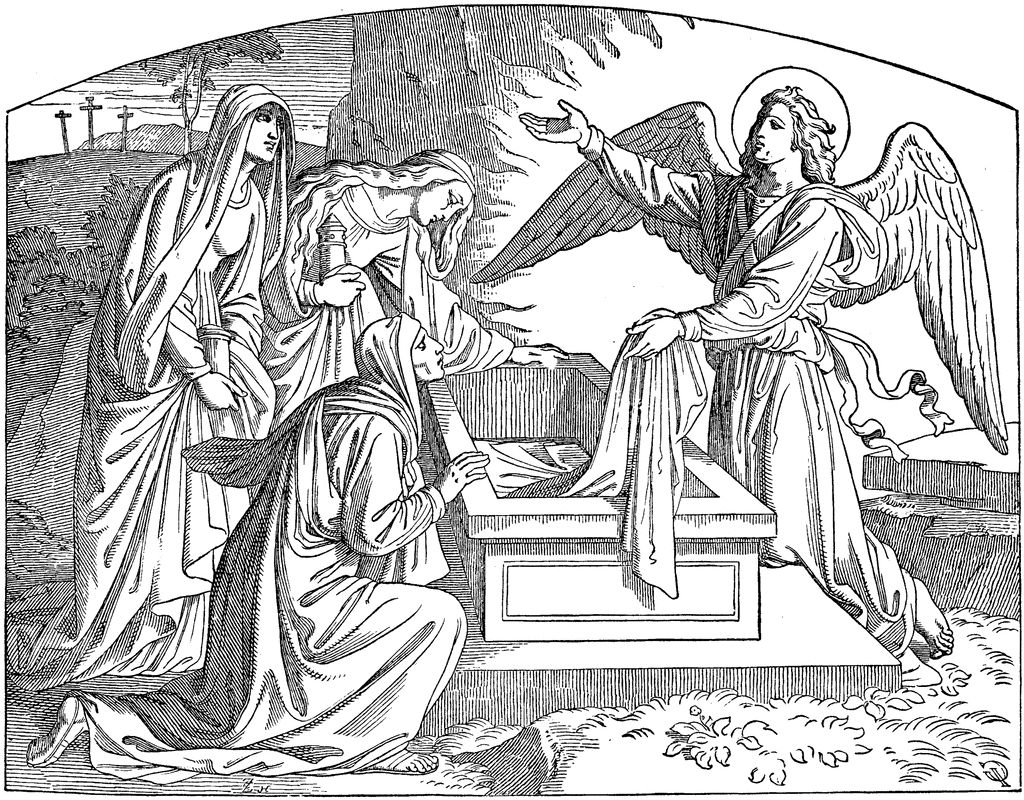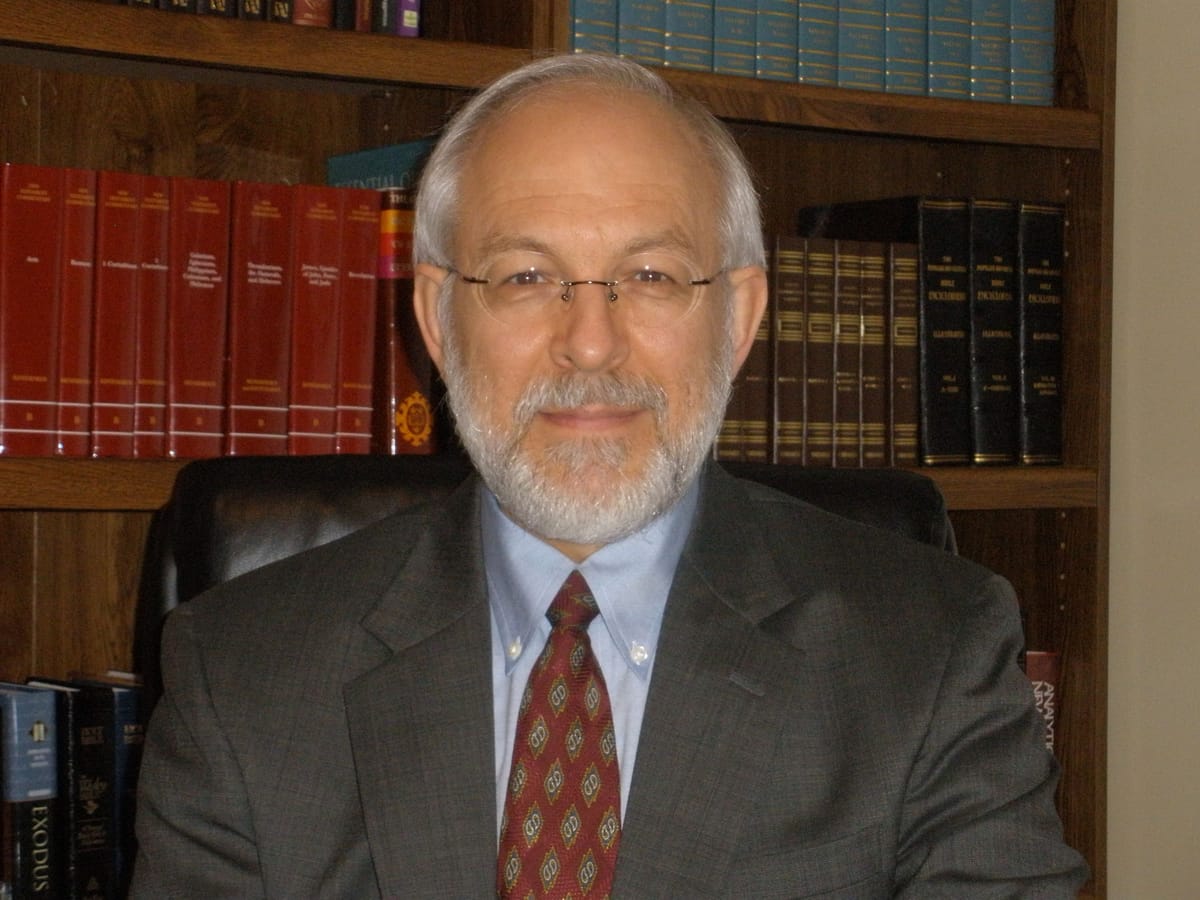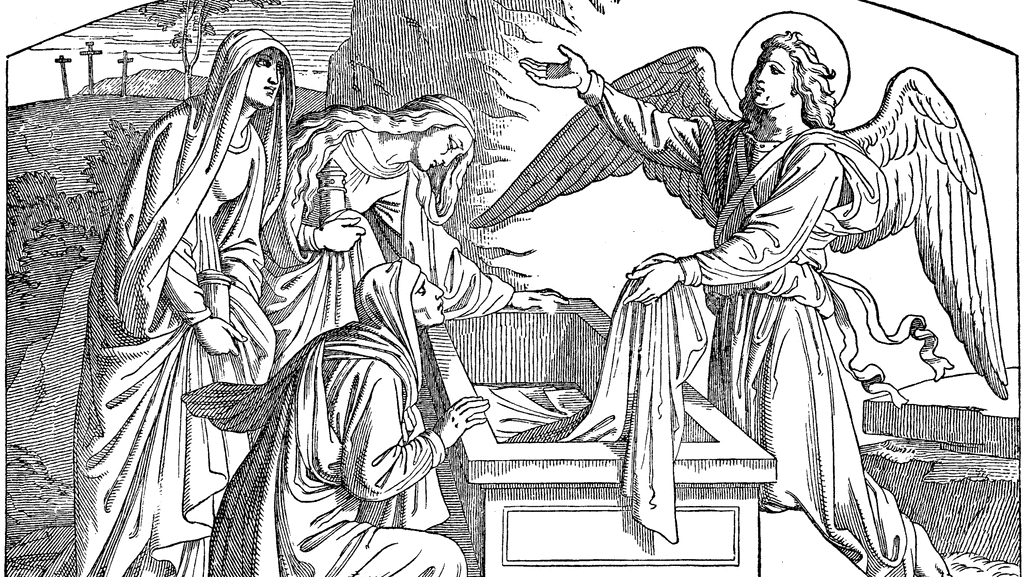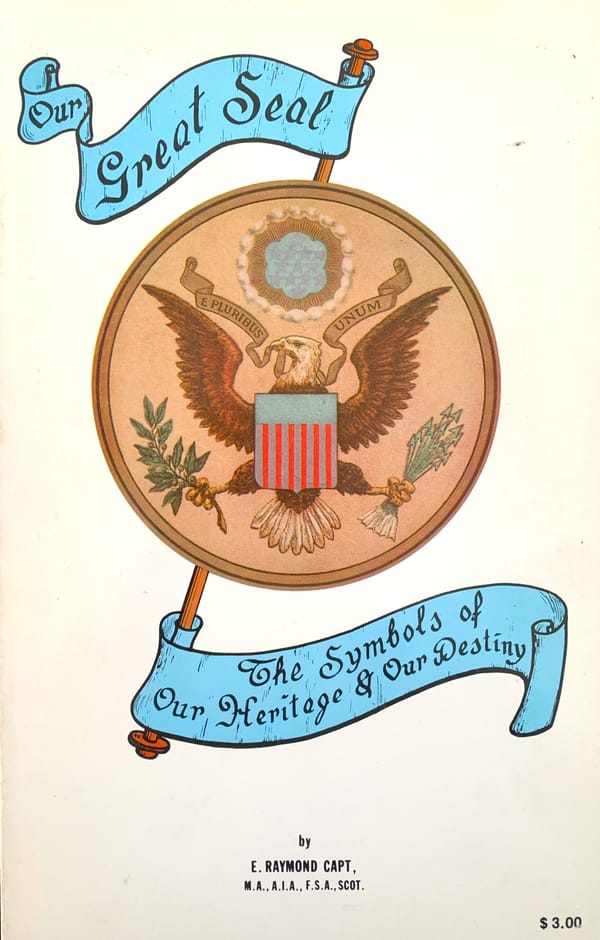This is the conclusion of Dr. Howard Rand’s thought-provoking essay on the chronology of Holy Week. As we post this finale, this is Friday and this culminating installment deals with what happened on what the church in general calls “Good Friday.” Could the church have it wrong? Did Jesus really die on “Good Friday,” or was He already in the tomb? Consider it carefully.
At the same time, no matter what conclusion the reader comes to on this point, we do not consider this a matter that should end up in a “church split.” Just as we can fellowship with our Christian brethren who might disagree with us on any number of doctrines, I have no problem continuing in fellowship no matter on which day each of us respectively might believe He died.
Since Dr. Rand has used boldface type to set apart Scripture verses, we use only underlining and italics for our emphasis—unless otherwise noted. All comments in [brackets] are ours. For legibility, we have also divided large paragraphs into smaller ones. QUOTE:
FRIDAY, MARCH 18TH, NISAN 15th
This was the first day of the Feast of Unleavened Bread; a Sabbath or Day of Holy Convocation. On this day, though a Sabbath of rest, the Chief Priests and the Pharisees came together into Pilate saying:
"Sir, we remember that that deceiver said, while he was yet alive, After three days I will rise again. Command therefore that the sepulchre be made sure unto the third day, lest his disciples come by night, and steal him away, and say unto the people, He has risen from the dead: so the last error shall be worse than the first.
Pilate said unto them, Ye have a watch: go your way, make it as sure as ye can. So they went, and made the sepulchre sure, sealing the stone, and setting a watch." (Matt. 27: 63-66.)
This is a most interesting statement by the High Priests and Pharisees for, despite the false testimony given at the trial of Jesus, they were perfectly aware of what Jesus meant when He said, "Destroy this temple, and in three days I will raise it up" (John 2: 19). They were anxious to cover the three nights, one of which had already passed and the body was still there. They may have dreaded the fact, but they certainly indicated to Pilate that they feared grave robbery.
SATURDAY, MARCH 19th, NISAN 16th
The true Sabbath of the crucifixion week and the second day of the Feast of Unleavened Bread. It was a day of rest and other than the Roman guard watching the tomb there is no record of activity on this day.
SUNDAY, MARCH 20th, NISAN 17th
The third day in the Feast of Unleavened Bread and the beginning of the new week. With sunset at the end of the regular Sabbath day, Mary Magdalene and Mary the mother of Jesus, and Salome brought sweet spices that they might go and anoint Him. This was the first opportunity they had to do this, for Friday being a High Day and also a Sabbath, it would not be until sunset Saturday night that they could purchase the spices, for this sunset began the first day of the week.
It is evident that they resolved upon an early start to the sepulchre. Sometime between sunset and sunrise of the beginning of this new week the great earthquake occurred, for an angel of the Lord ascended [Dr. Rand must have meant “descended”] from heaven and came to the sepulchre and rolled the stone away:
"His countenance was like lightning, and his raiment white as snow: And for fear of him the keepers did shake, and became as dead men." (Matt. 28: 3-4.)
As the Roman soldiers fled, the friends of Jesus were approaching; there were at least several distinct groups, with Mary Magdalene far ahead of all the rest. She came to the sepulchre while it was yet dark and saw that the stone was rolled away:
"Then she runneth, and cometh to Simon Peter, and to the other disciple, whom Jesus loved, and saith unto them, They have taken away the Lord out of the sepulchre, and we know not where they have laid him." (John 20: 2.)
Meanwhile the other women who were going to the sepulchre arrived on the scene. An Angel sat on the displaced boulder and said unto the women:
"Fear not ye: for I know that ye seek Jesus, which was crucified. He is not here: for he is risen, as he said. Come, see the place where the Lord lay. And go quickly, and tell his disciples that he is risen from the dead; and behold, he goeth before you into Galilee; there shall ye see him: lo, I have told you." (Matt. 28: 5-7.)

When they left there came another group led by Salome. It was very early in the morning (Mark 16: 2), the first day of the weeks (this is a peculiar Greek plural. It is the word for weeks, not for Sabbaths, that is here used) for it was the beginning of weeks: of the seven weeks that led up to Pentecost. This first day of "the beginning of weeks" was the Wave-sheaf or Resurrection Day (see Lev. 23: 11). As this group approached the sepulchre they were talking:
"And they said among themselves, Who shall roll us away the stone from the door of the sepulchre? And when they looked, they saw that the stone was rolled away: for it was very great. And entering the sepulchre, they saw a young man sitting on the right side, clothed in a long white garment; and they were affrighted.
And he saith unto them, Be not affrighted: Ye seek Jesus of Nazareth, which was crucified: he is risen; he is not here: behold the place where they laid him. But go your way, tell his disciples and Peter that he goeth before you into Galilee: there shall ye see him, as he said unto you. And they went out quickly, and fled from the sepulchre; for they trembled and were amazed." (Mark 16: 3-8.)
Immediately following and still very early in the morning another group of women came to the sepulchre. Luke gives testimony of their coming. They also found the stone rolled away:
"And they entered in, and found not the body of the Lord Jesus. And it came to pass, as they were much perplexed thereabout, behold, two men stood by them in shining garments: and as they were afraid, and bowed down their faces to the earth, they said unto them,
Why seek ye the living among the dead? He is not here, but is risen: remember how he spake unto you when he was yet in Galilee, Saying, The son of man must be delivered into the hands of sinful men, and be crucified, and the third day rise again.
And they remembered his words, And returned from the sepulchre, and told all these things unto the eleven, and to all the rest. It was Mary Magdalene, and Joanna, and Mary the mother of James, and other women that were with them, which told these things unto the apostles. And their words seemed to them as idle tales, and they believed them not." (Luke 24: 3-11.)
Peter and the other disciple started for the tomb. The other disciple outran Peter and, arriving first, looked in and saw the linen bands lying, but he did not enter:
"Then cometh Simon Peter following him, and went into the sepulchre, and seeth the linen clothes lie, And the napkin, that was about his head, not lying with the linen clothes, but wrapped together in a place by itself. Then went in also that other disciple, which came first to the sepulchre, and he saw, and believed." (John 20: 6-8.)
Why did John, for he was the other disciple, when he saw the linen clothes lie, recognize that He had risen from the dead and thus believe the report the women had brought to them? The body of our Lord had been wrapped in this linen and John saw the linen lying there undisturbed, as though the body had vanished and the linen wrappings had collapsed, but otherwise retaining the form and shape of the body that had been securely wrapped with these linen bandages.
Only the supernatural could have removed the body from the linen without disturbing its wrappings, leaving them thus lying in the tomb and so, when John saw all this, he believed.
Mary naturally followed these two back to the sepulchre, after she had brought her message to Peter and John, and arrived in the Garden later; perhaps after the two had left. As she stood weeping she beheld two angels in white sitting one at the head, and the other at the feet where the body of Jesus had lain:
"And they say unto her, Woman, why weepest thou? She saith unto them, Because they have taken away my Lord, and I know not where they have laid him: and when she had thus said, she turned herself back, and saw Jesus standing, and knew not that it was Jesus.
Jesus saith unto her, Woman, why weepest thou? Whom seekest thou? She, supposing him to be the gardener, saith unto him, Sir, if thou have borne him hence, tell me where thou hast laid him, and I will take him away. Jesus saith unto her, Mary. She turned herself, and saith unto him, Rabboni; which is to say, Master." (John 20: 13-16.)
Jesus told her not to touch Him for He had not yet ascended to His Father. He then instructed her to go to His brethren and tell them that He ascended unto His Father and their Father and to His God and their God.
It was evident that He had not yet fulfilled the requirements of the Wave-sheaf Day when, as the Great High Priest, He would stand before God with the uplifted sheaf represented in those whom He had rescued from the grave, the earnest of the resurrection to come, presenting them to His Father as evidence of a task well done.
Evidently sometime on this Wave-sheaf Day He went with those who had come forth from the graves and fulfilled the requirements of this Wave-sheaf Resurrection.
Some of the Watch who had been stationed at the Tomb and fled in terror when the Angels came down and rolled the stone away, entered into the city:
"And shewed unto the chief priests all the things that were done. And when they were assembled with the elders, and had taken counsel, they gave large money unto the soldiers, saying, Say ye, His disciples came by night, and stole him away while we slept.
And if this come to the governor's ears, we will persuade him, and secure you. So they took the money, and did as they were taught: and this saying is commonly reported among the Jews until this day." (Matt. 28: 11-15.)
Actuated by jealousy, and dishonest in their dealings, the Jews by use of money sought to prevent the knowledge of the resurrection from becoming known —knowing perfectly well, themselves, that it had taken place. To their blood guiltiness, in the murder of the son of God, they would, through bribery, prevent if possible men from knowing and believing in the hope of the resurrection through Him who is the Resurrection and the Life.
They were not acting in ignorance but deliberately planning to practice deception upon their fellowmen, for they knew [emphasis in the original] the resurrection had taken place. But, thank God, the resurrection is an accomplished fact and in that resurrection there is hope for all those who believe and trust in Him:
"For since by man came death, by man came also the resurrection of the dead. For as in Adam all die, even so in Christ shall all be made alive. But every man in his own order: Christ the firstfruits; afterward they that are Christ's at his coming." (1 Cor. 15: 21-3.) END QUOTE
END




